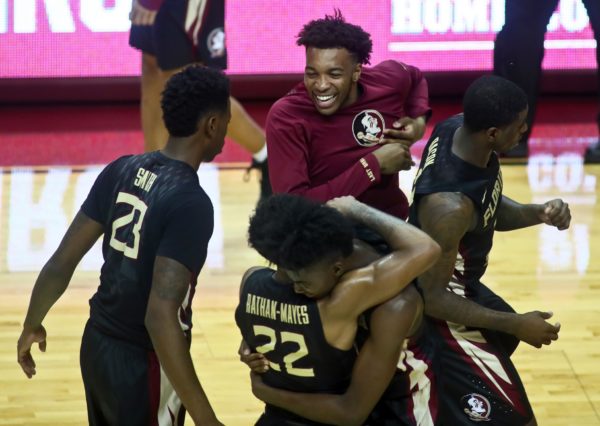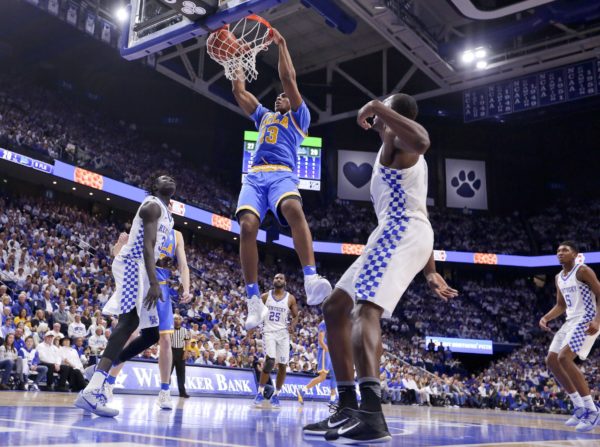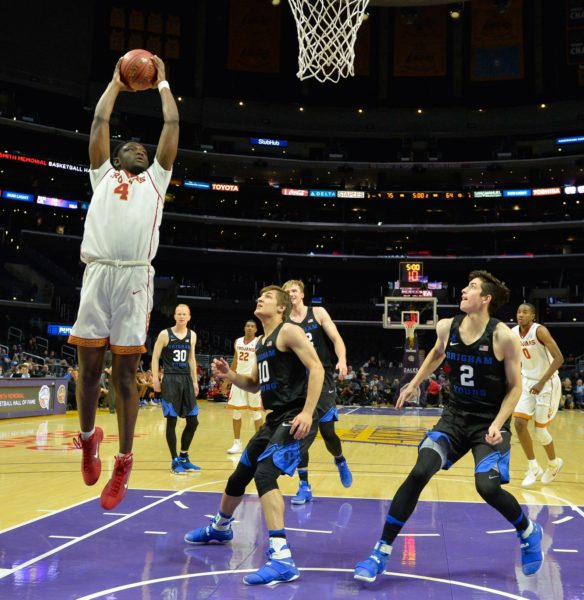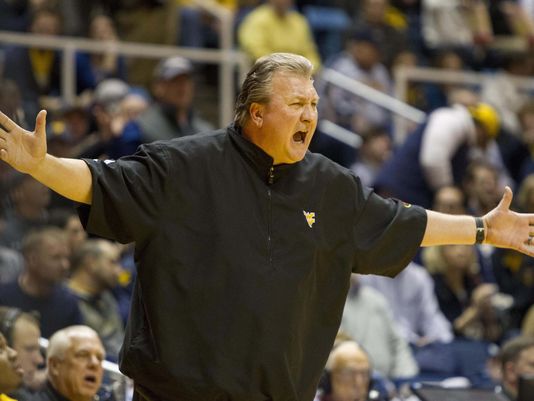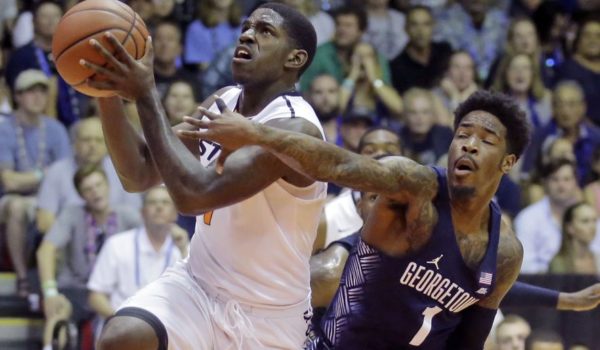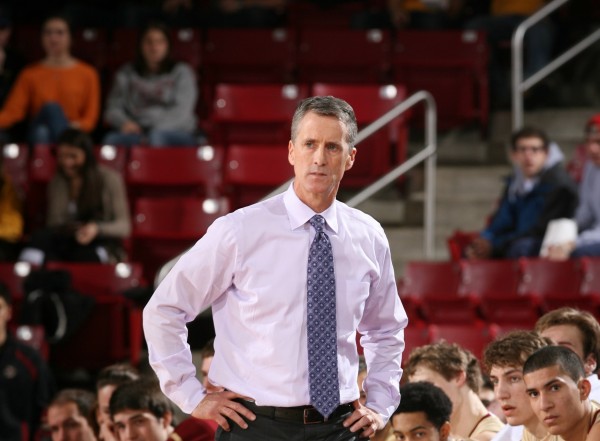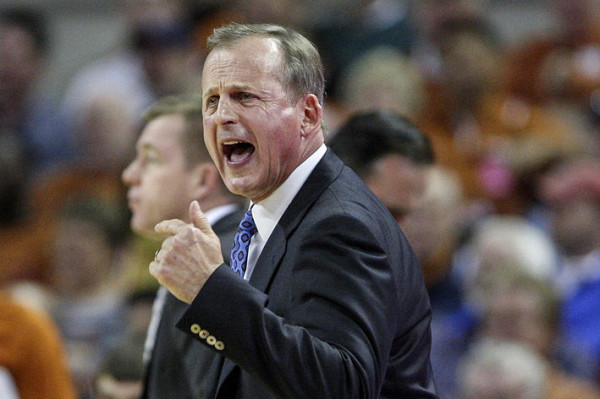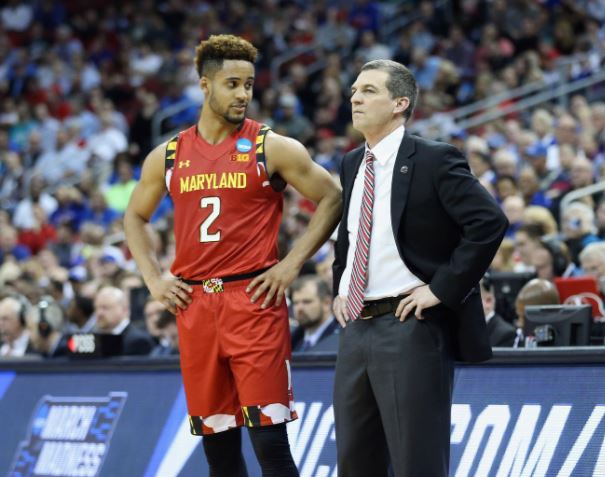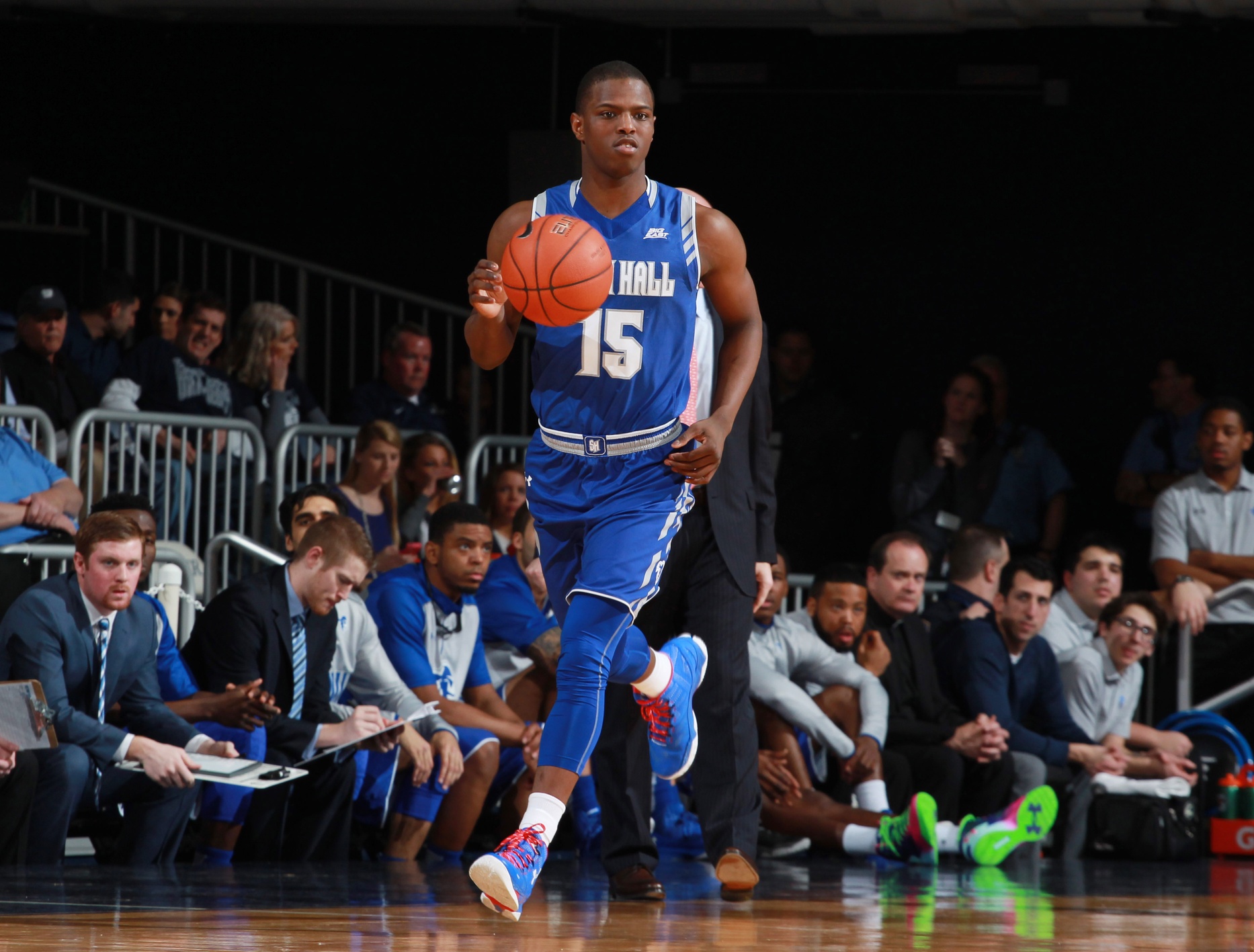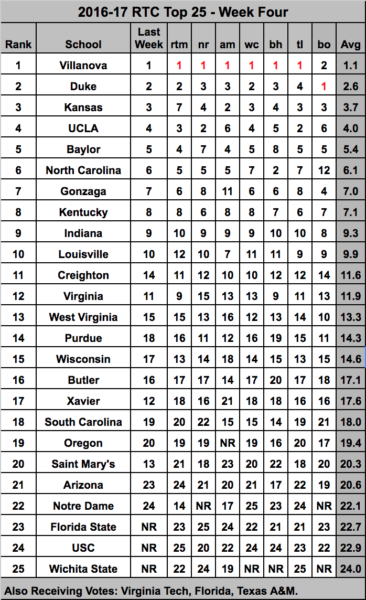Handicapping the Early Race For At-Large ACC Bids
Posted by Shane McNichol on December 15th, 2016The conversation about the ACC potentially placing a record number of teams in the NCAA Tournament has already started. There are currently 11 ACC teams among the RPI top 70, and that number excludes two more quality teams that have played weaker schedules to date in Syracuse and Miami (FL). Using an expected RPI calculation (per RPIforecast.com), 13 of the ACC’s 15 teams are projected to finish the season among the RPI top 100. With the possible exception of Boston College and its four albatross losses to Nicholls State, Richmond, Harvard and Hartford, the rest of the ACC has yet to remove themselves from at-large contention. North Carolina, Duke, Louisville, Virginia and Notre Dame can feel pretty safe about inclusion barring an unprecedented collapse, a rash of injuries or some sort of unanticipated scandal. Georgia Tech is an interesting case with losses to Ohio, Penn State and Tennessee, but it doesn’t seem as if Josh Pastner’s group has enough talent to make a run in conference play. Let’s review the eight teams that fall somewhere in the middle.
The Resume Builders: Florida State, Clemson
The Seminoles are off to a nice 10-1 start with wins already over Illinois, Minnesota and Florida. On top of that, Florida State is one of the biggest beneficiaries of the ACC’s unbalanced schedule this season. Of the league’s presumptive top four teams, only Duke appears twice on the schedule. If Leonard Hamilton’s bunch can hold serve at home and do no worse than the middle of the pack in conference play, they should be in.
Clemson hit the ground running with early wins over Georgia and Davidson and the Tigers have avoided any ugly losses to date. As most schools drift through exams and the holidays without much of a test, Brad Brownell’s team will do the opposite with upcoming tough games against South Carolina, Alabama and a strong UNC-Wilmington squad. After that stretch, the Tigers will enjoy an even easier conference schedule than Florida State, catching all five of the ACC’s best teams only once this season.





























